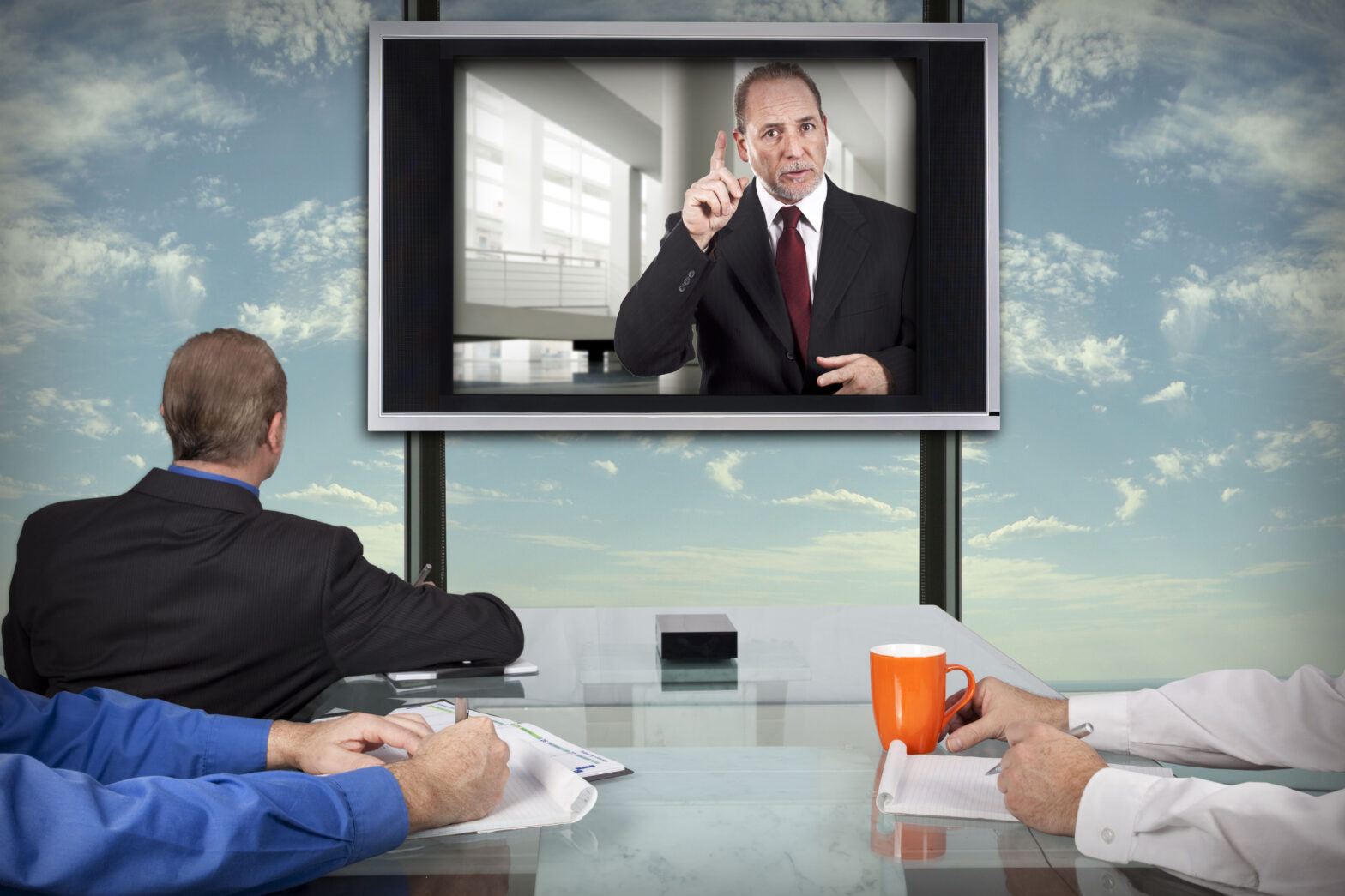Companies large and small make use of teleconferencing as a way to conduct meetings that include participants near and far. Whether the format is strictly an audio conference or includes a web or video component, the result is still the same: conferencing versus face-to-face meetings saves a lot of time and money. This is especially true when the host knows how to prepare and conduct the meeting efficiently. Here are a few tips that will help with the process.
Prepare a meeting agenda
Just as with other types of meetings, having a plan of action prepared in advance helps to keep the conference on track. Since some people are intimidated by the idea of an agenda, feel free to substitute a term that is a little more comfortable. For example, it could be referred to as a list if that helps keep everyone at ease.
For many conference calls, the agenda can be a simple bullet list that includes items arranged in a logical order. When there is the need for something a little more elaborate, an outline with a few specific points under each line item will do the job nicely. As long as the agenda helps to keep the discussion on course, then it serves the intended purpose.
Related: Top 10 tips for effective video conferencing
Provide dial-in information to each attendee in a timely manner
A notification to all attendees should include more than the dial in number or numbers for the conference, plus the code that the participants must use to access the conference. Remember to include the date, the time, and the time zone for that meeting. This is especially important if some of the attendees are travelling or are not located in the same time zone as the host.
It also never hurts to include a number to call if there are any difficulties accessing the meeting. This can happen due to a number of factors, including a participant being out of mobile range and needing to take the call at a location that only has analogue service.
When sending the notifications for the meeting, it helps to require a confirmation that the intended recipient does receive the email. This will make it all the easier to check on the status of anyone who has not acknowledged the transmission and determine the reason.
Keep in mind that providing a few days advance notice is always appropriate. While some situations will not allow such a luxury, provide as much notice as possible. This will make it easier for the attendees to arrange their schedules and access the meeting by the scheduled start time.
Stick with the plan
Even with an agenda in place, the course of conference calls can still go somewhat astray. It is the responsibility of the host to make sure that does not happen. If an issue is brought to light during the discussion of a line item, add it to the bottom of the agenda and inform the participants that the matter will be brought up at the end of the call. This approach makes it possible to address all the matters that served as the original purpose for the meeting first before new business is introduced.
For first time hosts of conference calls, it pays to review the range of functions provided by teleconference providers like Conference Now. Tools such as the ability to mute participant lines or to lock the call from further entries will make it all the easier to maintain control, and make sure that all the goals for the meeting are accomplished within the allotted time.




